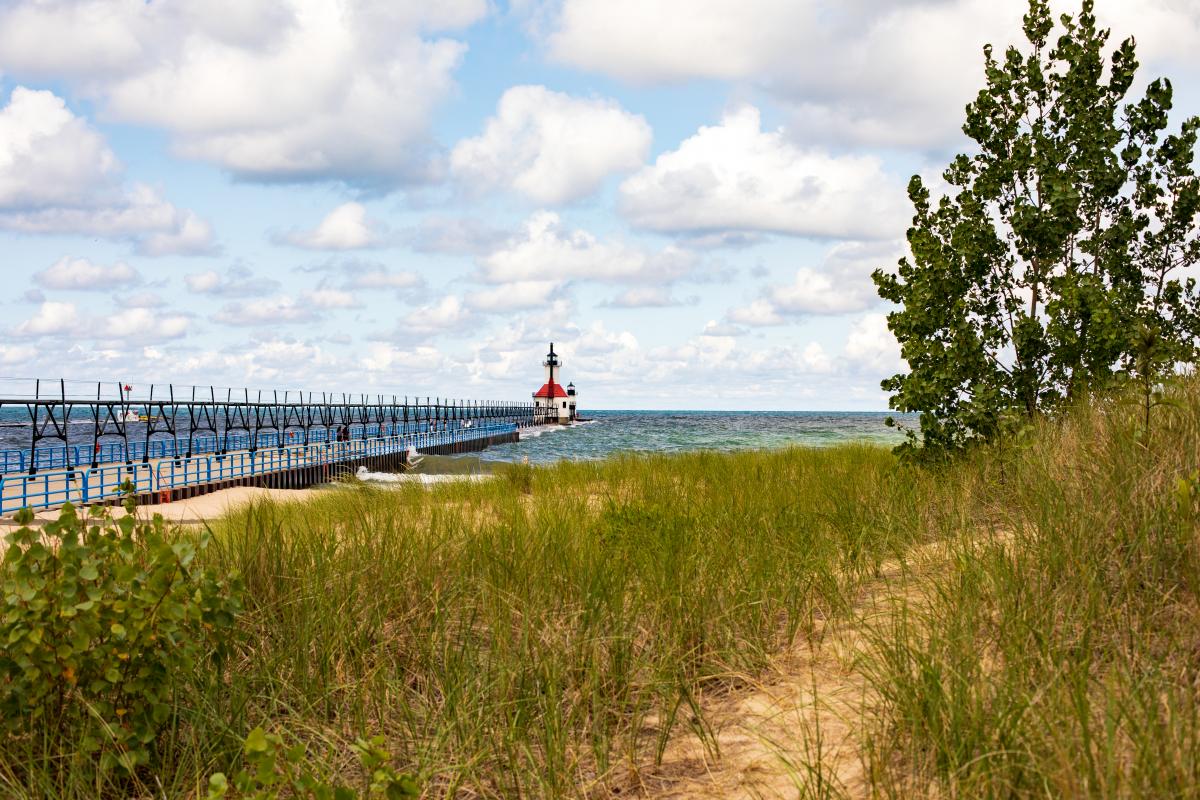History

St. Joseph's history began almost 100 years before the American Revolution when the mouth of the St. Joseph River was discovered and documented in 1669. Ten years later, the explorer LaSalle and his 14 men cleared a piece of land and started the construction of Fort Miami on the bluff around the St. Joseph River. LaSalle's stay was not long however, and the area was mostly populated by Native Americans, trappers and soldiers until 1785 when William Burnett established a trading post and became the first permanent settler.
The Carey Mission Treaty of 1828 opened the area to commerce and St. Joseph began to grow. In 1829, the area's first full-time resident, New Yorker Calvin Britain, made the long trek to southwest Michigan. As the port of St. Joseph prospered, it became the principal transportation artery for the entire region. The settlement grew into a village originally called Newberryport in honor of a prominent businessman.
Today, St. Joseph is nestled on the southern tip of what has been termed "The Riviera of the Midwest." This deepwater port town is a growing resort community - part of a "small town" chain stretching from the state line in a spectacular arc along Lake Michigan. Grain, wool, maple sugar, furs, and lumber, tools, hardware and furniture are shipped in and out of the river's mouth. The St. Joseph Lighthouse stands in the midst of activity as boaters, fishermen and water-skiers take advantage of Lake Michigan.
In 1860, wooden sidewalks were built. Since then, downtown St. Joseph, while still maintaining some of its older storefronts, has changed tenfold. Located just 90 miles from downtown Chicago, St. Joseph is a community of 8,800 people situated within the larger Benton Harbor/St. Joseph MSA of 162,000 people. The City of St. Joseph has continually operated at full economic capacity, with citywide unemployment rates typically hovering around 2%.
